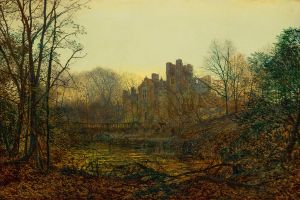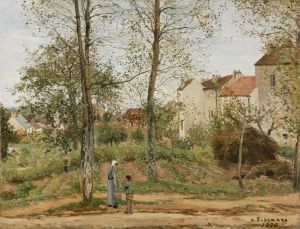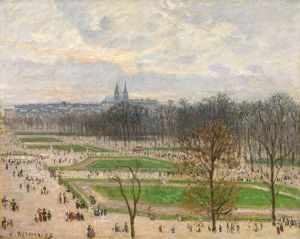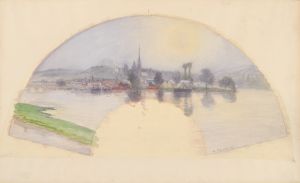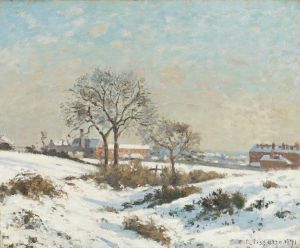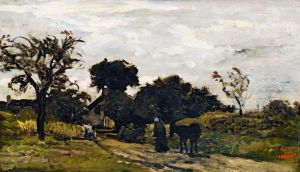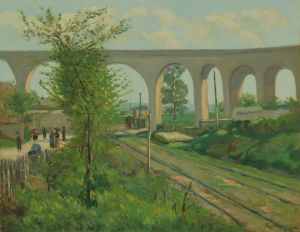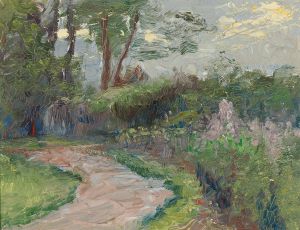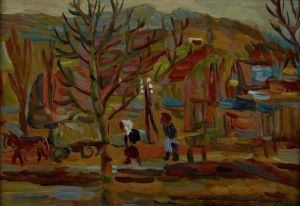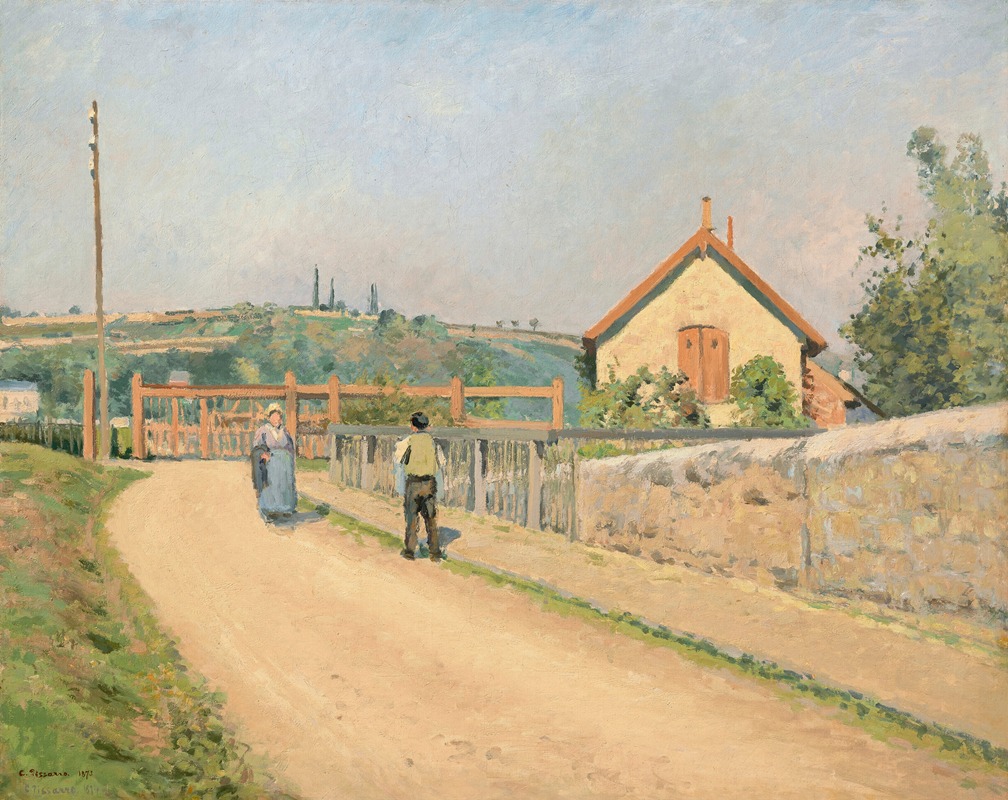
La barrière du chemin de fer, aux Pâtis près Pontoise
A hand-painted replica of Camille Pissarro’s masterpiece La barrière du chemin de fer, aux Pâtis près Pontoise, meticulously crafted by professional artists to capture the true essence of the original. Each piece is created with museum-quality canvas and rare mineral pigments, carefully painted by experienced artists with delicate brushstrokes and rich, layered colors to perfectly recreate the texture of the original artwork. Unlike machine-printed reproductions, this hand-painted version brings the painting to life, infused with the artist’s emotions and skill in every stroke. Whether for personal collection or home decoration, it instantly elevates the artistic atmosphere of any space.
Camille Pissarro's painting "La barrière du chemin de fer, aux Pâtis près Pontoise" is a notable work within the oeuvre of this influential French Impressionist artist. Created in 1873, this painting exemplifies Pissarro's dedication to capturing the essence of rural and suburban life in France during the late 19th century. Pissarro, a pivotal figure in the Impressionist movement, was known for his landscapes and scenes of everyday life, often depicting the changing effects of light and atmosphere.
The painting portrays a railway crossing near Pontoise, a commune in the northwestern suburbs of Paris. Pontoise was a significant location for Pissarro, as he lived and worked there for several years. This area provided him with ample inspiration due to its picturesque landscapes and the interplay between rural and industrial elements. The railway, a symbol of modernity and progress during this period, is a recurring theme in the works of many Impressionist artists, reflecting the rapid changes in society and the landscape brought about by industrialization.
In "La barrière du chemin de fer, aux Pâtis près Pontoise," Pissarro captures the tranquil yet dynamic interaction between the natural environment and the encroaching industrial elements. The composition features a railway crossing gate, a small house, and lush greenery, all bathed in natural light. Pissarro's use of loose brushwork and a vibrant color palette is characteristic of the Impressionist style, emphasizing the fleeting effects of light and atmosphere.
The painting is a testament to Pissarro's skill in rendering the subtleties of light and shadow, as well as his ability to convey a sense of movement and life within a static scene. The railway crossing, with its suggestion of an imminent train, introduces a sense of anticipation and movement, contrasting with the stillness of the surrounding landscape. This juxtaposition highlights the tension between the traditional rural setting and the encroaching modernity represented by the railway.
Pissarro's choice of subject matter reflects his interest in the everyday lives of ordinary people and the environments they inhabit. By focusing on a seemingly mundane scene, he elevates the ordinary to the extraordinary, inviting viewers to appreciate the beauty and complexity of the world around them. This approach is a hallmark of the Impressionist movement, which sought to capture the immediacy and impermanence of modern life.
"La barrière du chemin de fer, aux Pâtis près Pontoise" is housed in the Musée d'Orsay in Paris, a museum renowned for its extensive collection of Impressionist and Post-Impressionist masterpieces. The painting is an important example of Pissarro's work during a formative period in his career, illustrating his mastery of the Impressionist technique and his commitment to depicting the changing landscape of 19th-century France.
Overall, this painting is a significant contribution to the Impressionist movement, showcasing Pissarro's unique perspective and his ability to blend natural and industrial elements into a harmonious composition. Through his art, Pissarro invites viewers to reflect on the transformations of his time and the enduring beauty of the world around them.






